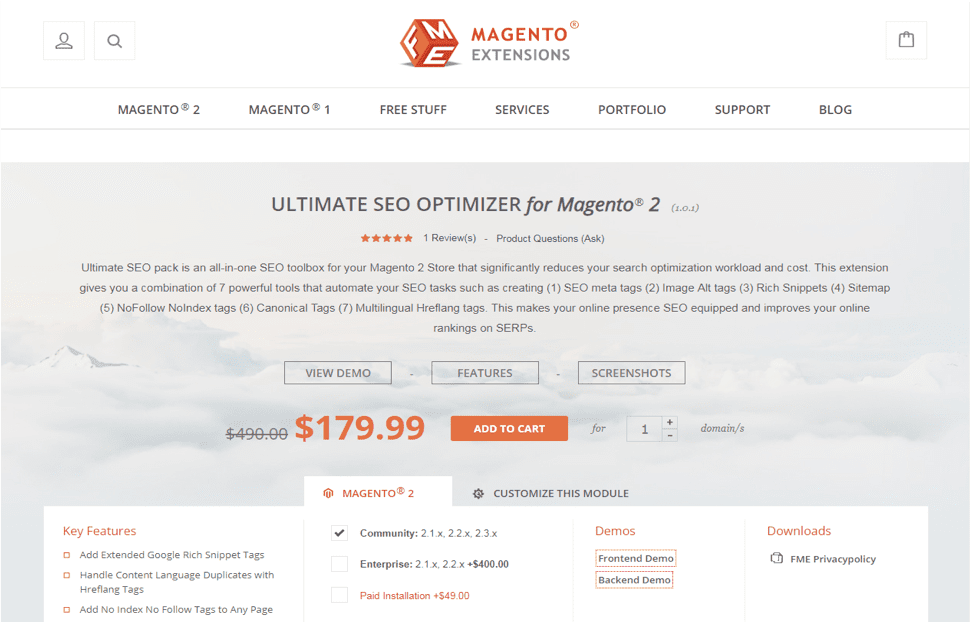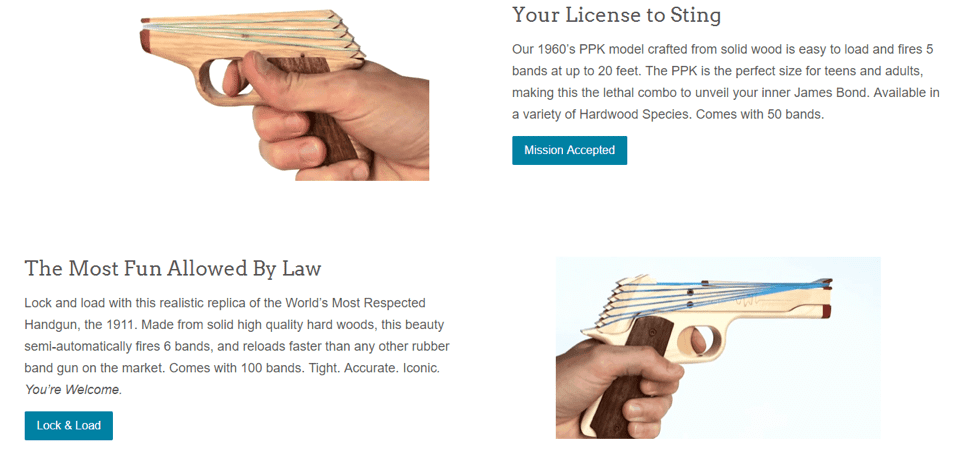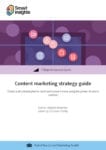Written content and infographics offer a range of benefits for digital marketers, but which is best for conversion rate optimization?
While many may argue that written content cannot go head to head with infographics, its importance in conversion rate optimization (CRO) is enormous and cannot simply be substituted with any other form of content.
Similarly, infographics also have a strategic place in digital marketing and present great prospects for CRO in 2019. In this article, we will discuss how certain content marketing practices and infographics play a role in optimizing your website’s conversion rate.
Content marketing strategy guide
This guide shows you both how to develop a strategy to deploy content across all your online marketing and gives practical tips to make it happen.
Access the Content marketing strategy guide
Conveying your message
"You can’t sell anything if you can’t tell anything" - Beth Comstock
Text content has the power to send your message in a diverse range of styles, from scholarly and technical web copies to freestyle write-ups rich with adjectival fireworks and verbal ornamentation.
The general rule of thumb is, any style that your target segment shows affinity with could be the right choice for your copy.
You should also consider the business sector you belong to and the type of product you are marketing. For example, a business selling IT or consulting services will use more technical web copy compared to sports and fitness products company. More than that, customers would expect this to be the case so won't be put off by an IT organization using technical language.
Using the right style of content not only helps to put across your brand; it also invokes acknowledgment from the reader and helps encourage them to convert.

Technical copy
FME extensions, a leading Magento plugin development company has been quite successful in optimizing its conversion rate with its product copy that uses a technical style of writing. The content is designed to cater to its target market, which is predominantly made up of developers who expect this type of content.

Freestyle copy
Elastic Precision, a famous rubber band gun manufacturer uses a freestyle content structure with a flare of humour. While most of its web copy eschews grammar rules, it uses comical phrases and run-on sarcasm in its product descriptions to great effect. This style of copy suits both the brand and customer expectations.
Less is more
Using clever catchphrases, compelling taglines and catchy slogans can transform any marketing campaign into a conversion machine.
The key is to create concise content that unfolds a captivating message across all customer touch points. This will make the content memorable and engaging, ensuring people associate the message with the brand.
For example, FedEx used a number of taglines to grow into the international courier services juggernaut it is today. The slogans it adopted included:
- “Relax, it’s FedEx"
- "The World On Time"
- "We Understand"
- "We Live to Deliver"
The taglines FedEx has used not only state its brand promises, they also imbue trust and confidence of the brand within the reader. Visitors who often struggle passing the conversion threshold have shown great engagement ratio to slogans that address their concerns and inspire them through words, showing the power of clever content.
Trust building
Testimonials and customer reviews all have an important role in CRO. Paid or organic, a review can change the perspective of your customer in a matter of seconds.
While most product copy does a sufficient job in describing a brand’s offerings, reviews back up what the brand says with social proof from a user’s firsthand experience. This allows brands to boost their potential customers' confidence and set them on the path to conversion.
Reviews can influence a customer's behaviour in the following ways:

Infographics
An infographic can be anything from a simple graphic visualization of data, to an elaborate combination of textual and visual elements explaining bar charts, graphs, and other diagrams. They are an effective form of content as visuals are processed by people around 600,000 times faster than written text.
Infographics remain one of the most effective ways of sending your message, engaging your website users and organically converting them to whatever goal you have set. Using a reliable infographic strategy in your content marketing model will not only improve your CRO but also generate a steady flow of traffic that helps to boost your rankings on Google SERPs.
Infographics have the potential to turn any plain textual content into a captivating experience, allowing you to showcase the same information in a more interesting way. You can work them into rich presentations that feature data and graphical elements, creating one visual representation.
The idea is to use the essence of your content by repackaging it into small digestible sections that convey your message and engender an appeal at the same time.
Power of Visual Content
Custom visual content yields 7 times higher conversion rate
Infographics serve a key function in digital marketing as custom visual content tends to have a conversion rate that is seven times higher than written content, making them an important part of your CRO strategy.
An infographic shows a storyline of content that is rich in statistical value and captures the visitor’s interest so as to prompt action. This creates a smooth pipeline of conversions that helps your online business achieve its business targets and generate revenue. More than that, the content has a better chance of being remembered and so could trigger conversions in the future.
A study published by SerpLogic revealed that an average user tends to remember only 10% of the information they hear within a three-day period. In comparison, when the same information was combined with relevant visuals, it had a 65% retention rate in the same period of time.
Another study found similar results, discovering that an average website visitor will retain 80% of what they saw but only 20% of what was read. This shows that visuals could be a better option when it comes to getting people to remember things about your products or services. After all, greater retention translates to a higher conversion rate potential.
Other reasons visual content could be more beneficial include:
- 55% of website visitors spend less than 15 seconds reading content on a web page. Infographics help the marketer prevent the user from bouncing away by delivering a punch of concentrated and relevant information.
- Infographics receive three times more likes and shares on social media than other forms of content. Since social media content is predominantly viewed on smartphones, iPhones, and tablets, mobile users can conveniently view the content.
- Once you have an infographic in your content arsenal, you can easily outreach on top-tier publications and leading influencers to increase your coverage. These platforms serve a great source to spread your message and achieve your CRO targets.
- Visitors are 17% more likely to be persuaded by visual imagery. This makes infographics an important component of your social media, email marketing and blogging campaigns.
Conclusion
Both written content and infographics can do wonders for your online business when used correctly. As both offer a different range of benefits and uses, they have no precedence on one another.
While content is a necessary medium for every digital marketing practice, visuals can deliver information more efficiently to the user. This means that balancing the two on your site can help to deliver vital information, improve retention and, ultimately, trigger more conversions.
Both content types go hand in hand, as an infographic without text would be too difficult to understand and text without visuals would fail to maintain a potential customer's interest. An online business that seeks to improve its traffic and conversions must give a fair share to both elements.
Fortunately, 2019 has a great forecast for e-commerce and holds innumerable prospects for online entrepreneurs. By using these helpful tips, you can significantly improve your conversion rate optimization strategy and develop a strong, memorable brand.
Mirza Irfan is a Lead Writer at
FME Dubai. He has a passion for helping people find innovative solutions in online marketing and has written numerous blogs on science, technology, digital marketing and business strategy. A writer by day and a reader by night, you can find him on
LinkedIn.










